We always stress the importance of websites and the overall impact of digital platforms on a business in Dubai, UAE. In fact, websites and digital platforms have become an extremely important aspect of marketing in the past few years, especially the year 2021 have witnessed a significant rise in the usage of digital marketing platforms and mediums. Here in UAE, almost everyone has access to high-speed internet, a huge population owns computers or laptops, and almost everyone owns a smartphone. This has completely transformed the market, the marketers are more focused on the digital mediums instead of traditional methods and techniques. When it comes to digital marketing, which has already surpassed traditional marketing, the website is the center point of everything. All marketing efforts converge at the website. If you are advertising or running social media campaigns or building online brand identity, eventually you will end up leading prospects to your website or a product/service page or a specially-designed landing page, no matter what, your website is involved in one way or another with each and every effort you do in the digital world.
As the website is the foundation of your entire online efforts. Hence the loading speed of the website is also extremely important in order to improve visitor retention and user experience. That is not all, there are a number of reasons for its importance including brand reputation and search engine optimization (SEO). If the user faced troubles or delays in loading a page, they will leave it immediately. And they will avoid that website next time. This can could be a big issue in long term, it could hugely impact your brand’s reputation as well. In terms of search and SEO, it will surely ruin your rankings. Even if you are not relying on organic traffic and generating pad traffic, the users will keep going away from your website. These days more internet searches are coming from smartphones than from traditional laptops or computers, which further increases the importance of the load time. As for the smartphones, the RAM is less and the CPU is less powerful than the laptops of PCs which means the load time would always be a bit higher on the smartphones, or in simple words, the websites tend to load a bit slower on the smartphones. It already takes a lot of marketing efforts, hard work, and expenses to make the users click on your website, no one wants them to leave before even their page got loaded.
Here are the impacts of various web design components on the loading speed of the website:
1. Images and Multimedia

These days images and multimedia are very common in web designs. But these are some of the heaviest web design resources. A single picture could take up to a few hundred KBs (KiloBytes) to several MBs (MegaBytes). As for the videos, a normal good resolution video can take up to 5 MBs to 20MBs. Which is huge. These days websites usually have multiple large images that can take up to 50% of the screen to 100% of the screen, depend on the web design. The image slider or auto-rotating images are other examples of huge multimedia content. These days a lot of images are used, most web designers use more images and geometrical structures to make their design more smartphone-friendly, which also increases the weight of the page. Such things can have a huge impact on the loading speed of the website.
2.Bulky Design Elements
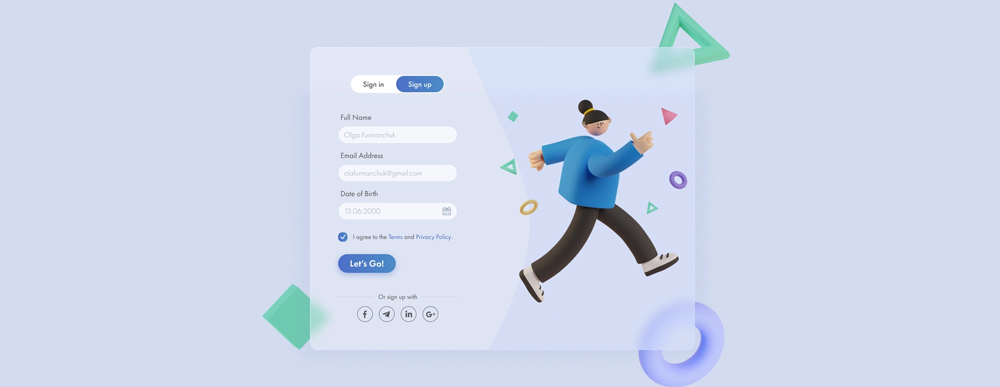
The design elements such as Fonts, Color Pallets, icons, and other graphical visuals can also slow down a website. The web design requires a lot many color, visuals, fonts, and other variations. These variations require more elements to be added to the source code. The web browser and the hosting server communicates on certain protocols, there are some international standards that have to be followed by the web browser and server developers. According to those standards, only a certain amount of requests are allowed during one second. If the design elements, color pallets, and fonts, etc are too many then the browser will be going to download them one by one. Despite having an extremely small size, these elements could consume most of the server requests, which will result in loading a website in a very long time.
3. Missing or Broken Links
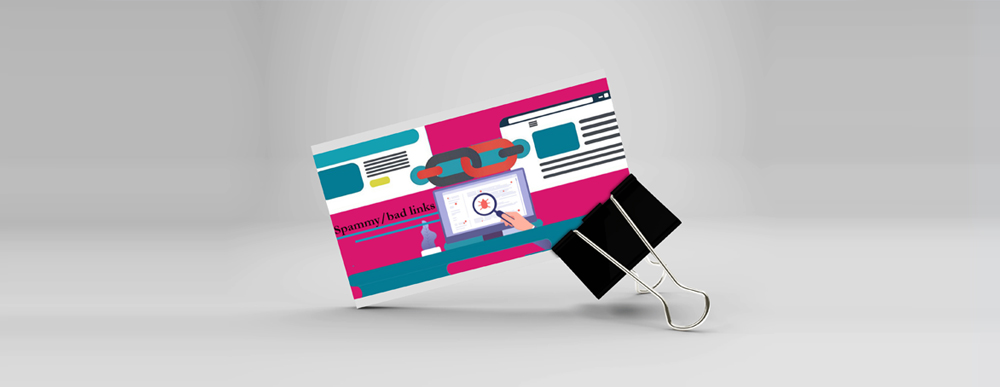
One of the major problems that also happens to be invisible is the broken links. You must be thinking that all your visible links and buttons are fine, but still, there could be some broken links in your web design’s source code. Which could cause a webpage to load slower. Actually in the source code of the website most of the time the web designers use third-party resources or chunks of source codes, or in most cases, the fonts might also not stored on the same server where the website is hosted. These types of things can cause broken links, which might not be visible to ordinary users. When a broken link occurs the web browser and the server takes more time to process it, as the protocol suggests that the browser should wait for a few milliseconds to get a response from any link if the link is broken there will be no response, but the browser will not move to the next code unless it waits for that particular time period. This causes unnecessary delay in loading of the resources and results in slower loading speed of the websites.
4. Source Code and Tagging

The web designs are actually first designed in a designing tool, at that time the web design is just an illustration or you can say an image. Later on, that illustration is being converted into HTML and then further effects and animations are being added with the help of CSS or Java Scripts. This is a lot of source code, it has to be organized, well prepared, and minified in order to enable fast loading. If the code is not well prepared the loading time will be more. Another most common cause of the slower loading speed is improper tagging in the web design. This is a very important factor and professional web designers know it very well. The tagging means that all the tags should be in the proper hierarchy, for example, the body tag is the parent tag, then comes the division or div tag then the section, and so on. Similarly, the HTML itself has certain rules which should be followed to make the code execution faster and smoother. This could also have a big impact on the loading speed of the website.
5. Complex UX/UI

The web designs with rich graphics and visual effects to enhance the user interface (UI) and user experience (UX) require a lot of animation, mouse hover effects, design responses, and interactions. All such things require a lot of source code, scripts, and programming to take effect. Which can significantly increase the size and the loading time of a web design. Usually, the web browser executes the source code first and then render the visual design on the screen, while the source code is downloaded from the server and is being executed inside the client’s computer (user’s browser) the design remains invisible or partially loaded or distorted, which all counts into the loading speed of the website. Such things have to be carefully designed with appropriate tools, and proper programming to prevent their impact on the loading speed.
6. External APIs, Ads, and Popups

The external APIs is the data source that a web design requires in order to present certain information. For example, the weather report or temperature forecast, or prayer timings, or forex rates, etc. These all information is being fetched from external sources which have to be embedded inside the web design. Mostly Ads are also coming from external sources such as Google Ads, Amazon Ads, Affiliates, etc. All the data that is coming from the external source could cause a delay in loading. Popups are a great way for promotions and marketing or event announcements. But if a popup contains large information, image, or document or a form to sign-up or subscribe, it could take more time to get loaded. Which will add up to the overall loading speed of the website.
7. Single Page Website
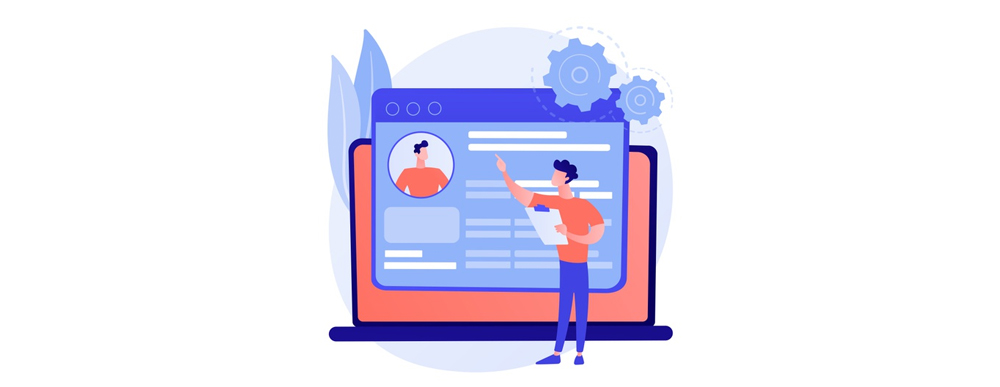
Some businesses that are more focused on a very particular subject, and don’t need much content could design a single-page website. The single page websites are great for small and medium-sized businesses and can have better results than a traditional multi-page website. The problem with single page websites is that they have a lot of content, the scrolling is longer, and as each and everything is included in a single page so the loading speed of the website is very slow as the browser will have to make a lot many server requests, a lot many images are to be download and a lot many resources are required to download to render the entire page. The best approach with a single-page web design is to always have a ‘Lazy loading’ or ‘On-demand loading’. It means that the content of the page will be downloaded as the user will scroll down. Web designers can improve the loading speed using such techniques.
8. Responsive Designs
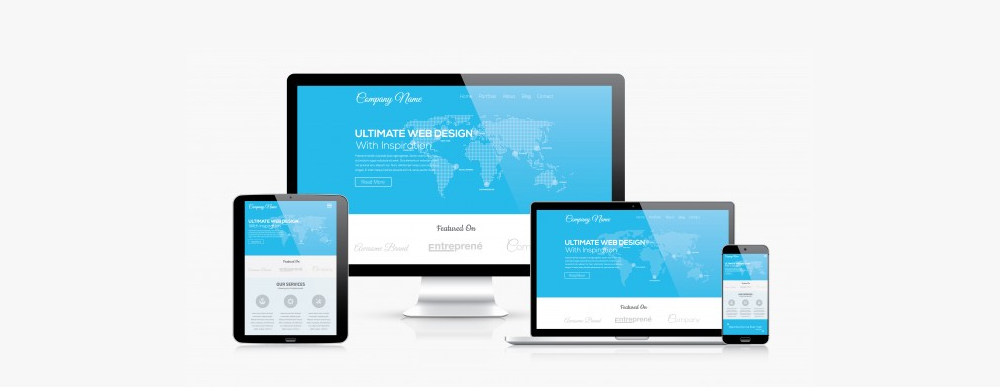
The responsive web designs and the web designs with cross-platform compatibility always require more source code and programming than the ordinary design. Such web designs tend to have a higher load time than ordinary web designs. But the reality is these days almost 99% of the websites are built responsive. There are certain frameworks and platforms that allow easy build responsive and cross-platform compatible websites. If the web design is built on an old platform it will tend to take more time to load. Hence everything has to be up-to-date. Responsive web designs are the designs that have the ability to render themselves according to the screen size and device they are being opened from. Cross-platform compatibility is the compatibility with various browsers and operating systems and the ability to ensure a similar user experience and user interface on all compatible platforms. This requires a lot more source code than usual, which could cause loading speed issues as well if not done properly.
How to Improve the Loading Speed of a Website?
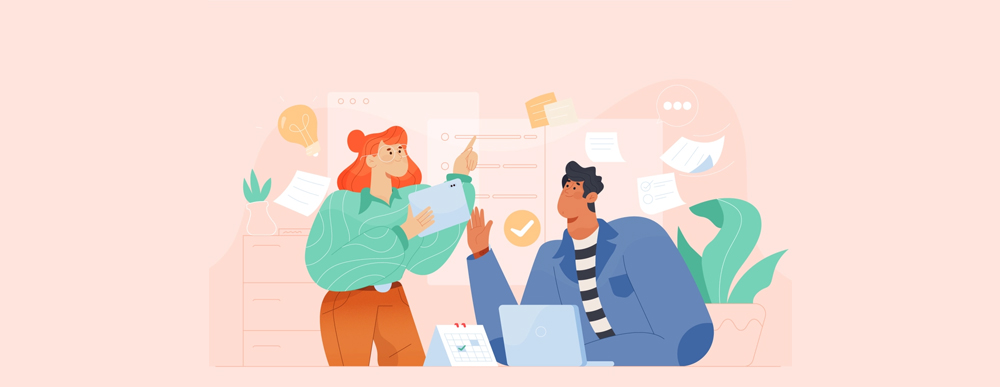
As we have discussed how the web design and its various components can affect the loading speed of a website! Let us see what can be done to reduce their impact in order to improve the loading speed of a website. There are so many different methods and techniques used to improve the loading speed of websites. It requires a professional web designer to select which method or technique will suit their web design. However, there are certain methods that are equally effective on all kinds of web designs, such as:
- Reduce/Optimize the size of the Images
- Use Optimized CMS (Content Management Systems)
- Uninstall Unused Plugins/Add-ons
- Use Compression and Website Cache
- Reduce Broken Links and Redirect
- Use Local Resources
- Use SVGS and CSS for Graphics and Color Pallets
- Use up-to-date animations and interactive effects
- Minify Source Code Files, Java Scripts, and CSS
- Fix all Programming Errors
- Use CDN (Content Delivery Network)
- Use Good Hosting or Cloud
Web designers and developers should always use perfected and proven techniques and methods to design and develop web designs in order to improve the loading speed of a website.
Conclusion
The web design in its totality and its several important components can heavily impact the loading speed of the website. The use of bulky images, videos, animations, graphics, and interactive effects can significantly increase the size of the website, which will take longer to download. Poor resource optimization, source code errors, broken links, external resources, responsiveness, etc, and poor programming techniques can also lead to a very slow website. According to research data, almost fifty percent of the visitors are expecting a website to load in just two seconds. Almost seventy-five percent of the visitors will never return back to the website which takes more than five seconds to load. The search engine rating mechanisms can also detect loading speed and remove poor-performing websites from top ranks. These all factors can directly impact your revenue online sales and website visitors’ retention. Multiple methods and techniques are used to boost website loading speed. If you are worried about your website’s slower loading speed, or if you are planning to revamp your website, you can reach us through our Contact Us page. RSI Concepts is a leading web design Dubai agency with intensive market experience. Our clientele ranges from small local businesses to banks, educational institutes, government departments, and national and multinational enterprises. Feel free to leave a comment down below and we will revert back to you soon.
Check out this: Corporate Website Designs – Guide 2021


